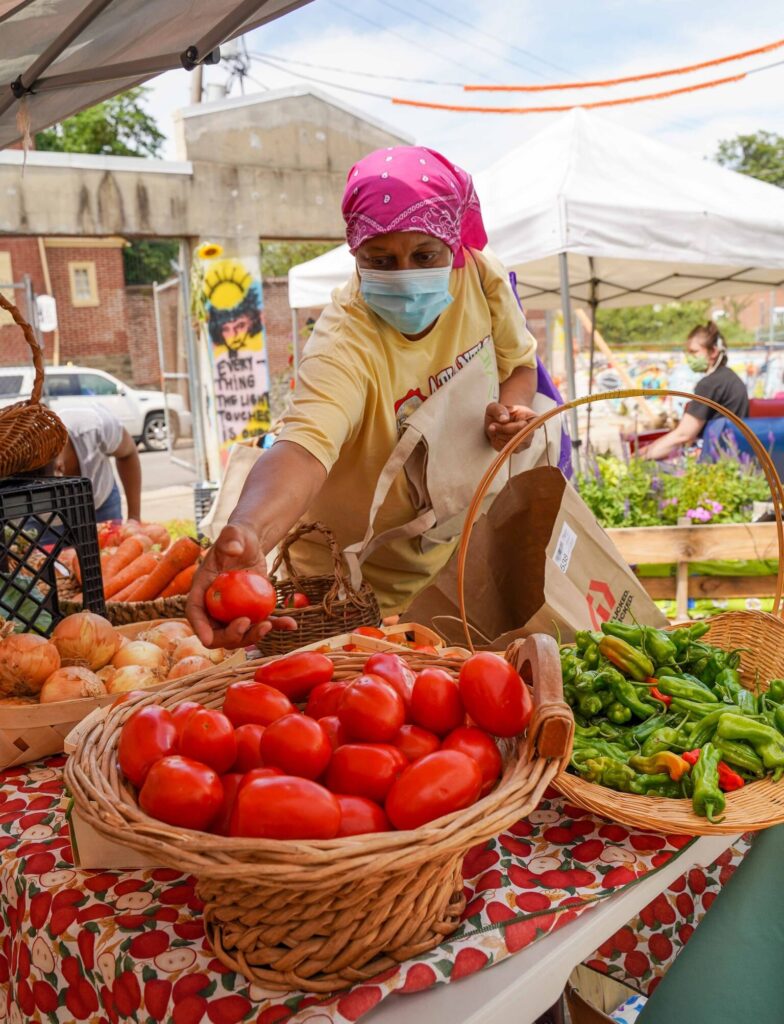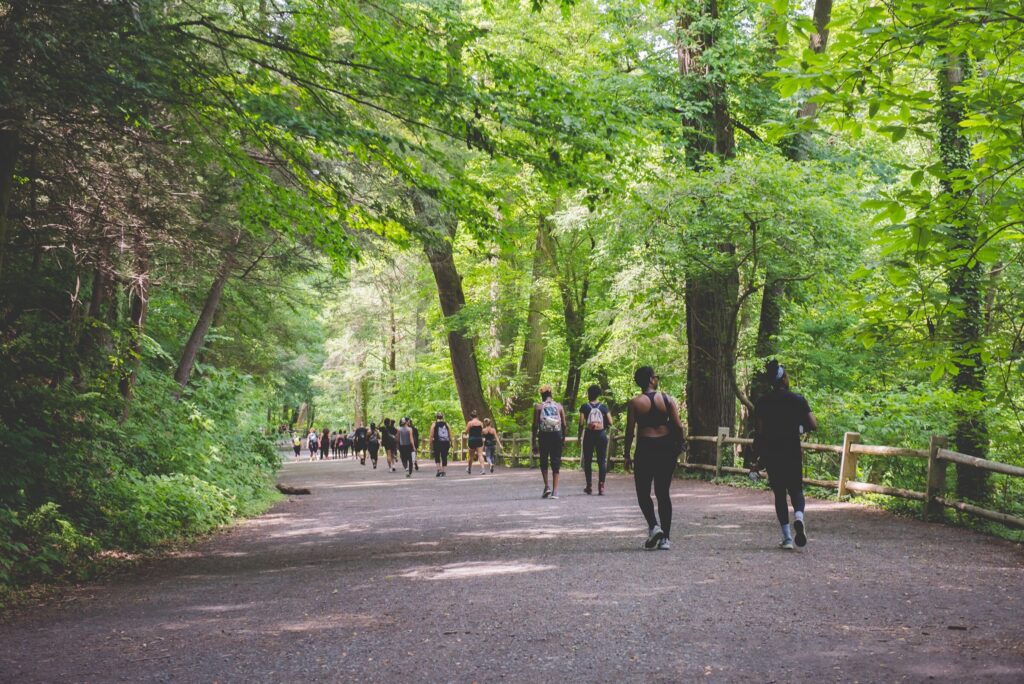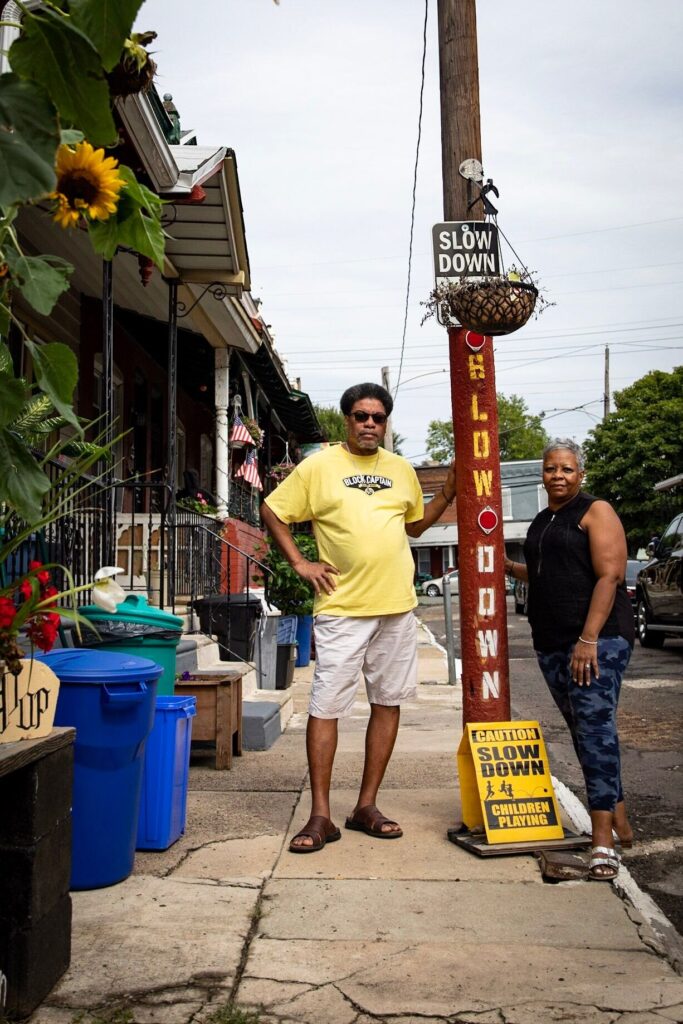When folks go to the polls or fill out their mail-in ballots next month, they will likely have key issues on their minds—be it the environment, foreign policy, corruption, the economy, fighting against white supremacy or saving American democracy as we know it.
You know, basic voting stuff.
What will be on fewer peoples’ minds are transportation issues, although they should be.
Let’s start with the state legislature. In order for Philadelphia to do almost anything, it needs Harrisburg’s blessing. Right now, there are a number of transportation issues that are being held up in the legislature.
Pennsylvania Senate Bill 565, which I’ve written about in this column, would allow PennDOT to install parking-protected bike lanes throughout the state of Pennsylvania. The 30 percent of Philly streets that PennDOT owns are among the widest and most dangerous, which makes this legislation extremely important.
That legislation is currently closer than it’s ever been to becoming law, but it’s run into several snafus. If it doesn’t get Governor Wolf’s signature before the end of the year, Pennsylvania will need to elect progressive, pro-transportation legislators who understand the importance of safe bike lanes to get this legislation passed next session.
There are a number of other issues that are going to need state government approval in the new year. Among them, better automated enforcement measures that keep Pennsylvanians safe on the road, without armed police presence along the city’s High Injury Network (the 12 percent of streets that account for 50 percent of traffic deaths and injuries) and within every school zone.

On average, there are 40 hit-and-run crashes each day in the city. It should be the goal of the legislature to allow Philadelphia to make sure motorists who hit our kids and take off are no longer empowered to do so, and that they are held accountable. Additionally, SEPTA funding is expected to decrease dramatically (by $400 million per year) come 2022, if the state legislature allows it to happen. We need a new transportation state funding plan in the coming year.
Then there’s our elected officials on Capitol Hill. Despite the president and Republicans claiming over the past four years that they would focus on infrastructure, very little has changed. Currently, there are competing bills in the Democrat-controlled House and GOP-controlled Senate that would address the country’s transportation needs.
“The House and Senate both have bills that would take steps toward addressing climate change, improving safety for people biking and walking and some changes to planning,” says Caron Whitaker, vice president of government relations at the League of American Bicyclists (LAB). “The big debate is over how to do that.”
The Democratic House bill, Whitaker notes, includes a policy wherein states would have to reduce greenhouse gas emissions from transportation, but the Senate legislation incentivizes states to reduce emissions but doesn’t require it. Same thing with transportation safety.
Despite these differences, LAB’s verdict is that both pieces of legislation are good for expanding bicycling and walking infrastructure. Both include a 40 percent increase in funding for the Transportation Alternatives Program (TAP); annual funding would go from $850 million in 2020 to $1.2 billion in 2021, and 96 percent of that funding goes to bicycling and walking.
One of Philadelphia’s most well-known pieces of biking and walking infrastructure, the Schuylkill Banks Boardwalk, was funded through a TAP grant, awarded at the beginning of the Obama Administration. Additionally, between $200 and $250 million a year in safety dollars would be spent on bicycling and pedestrian safety infrastructure improvements, a marked improvement over the roughly $20 million per year currently invested in safety.
Both of these are important tools for local and state governments. Philadelphia’s annual budget does not include funds specifically for bicycling and walking. Rather, the Streets Department gets an annual budget and splits its money among several repaving and improvement projects. In actuality, most money for real bike infrastructure, like protected bike lanes and multi-use trails, comes from federal grants.
“Both the House and Senate bills also include climate programs, and other provisions that, in the league’s analysis, would incentivize biking, walking and transit, and de-emphasize building roads only for driving cars,” notes Whitaker, in a post for LAB. “We agree with our partners, though, that the House bill, in general, is more aggressive in promoting sustainability in our transportation system.”
Finally, we have the presidential race. In addition to democracy being on the line, it’s very important who the president chooses to lead the Department of Transportation. When Elaine Chao was nominated for the position in 2016, she was viewed as an oddly good choice. With a background in the field, Chao served in DOT positions under Ronald Reagan and George H. W. Bush. Most within the transportation community agree she has run the department smoothly, and LAB agrees she has been good for bicycle and walking issues. It has even invited her to speak at several National Bike Summits.
Unfortunately, and predictably, the Trump Administration has not made a point to expand infrastructure the way the president promised before he was elected. He’s publicly chastised public transportation (and cities in general) throughout his term in office as well. The coming four years, with the current president, are precarious at best, and transportation funding as we know it could be on the line.
The point is this: if you’re someone who cares about getting around the region inexpensively and efficiently, who you vote for on November 3 matters, up and down the ballot. Transportation—the lifeblood of our city, state and nation—is on the line this Election Day, too.









